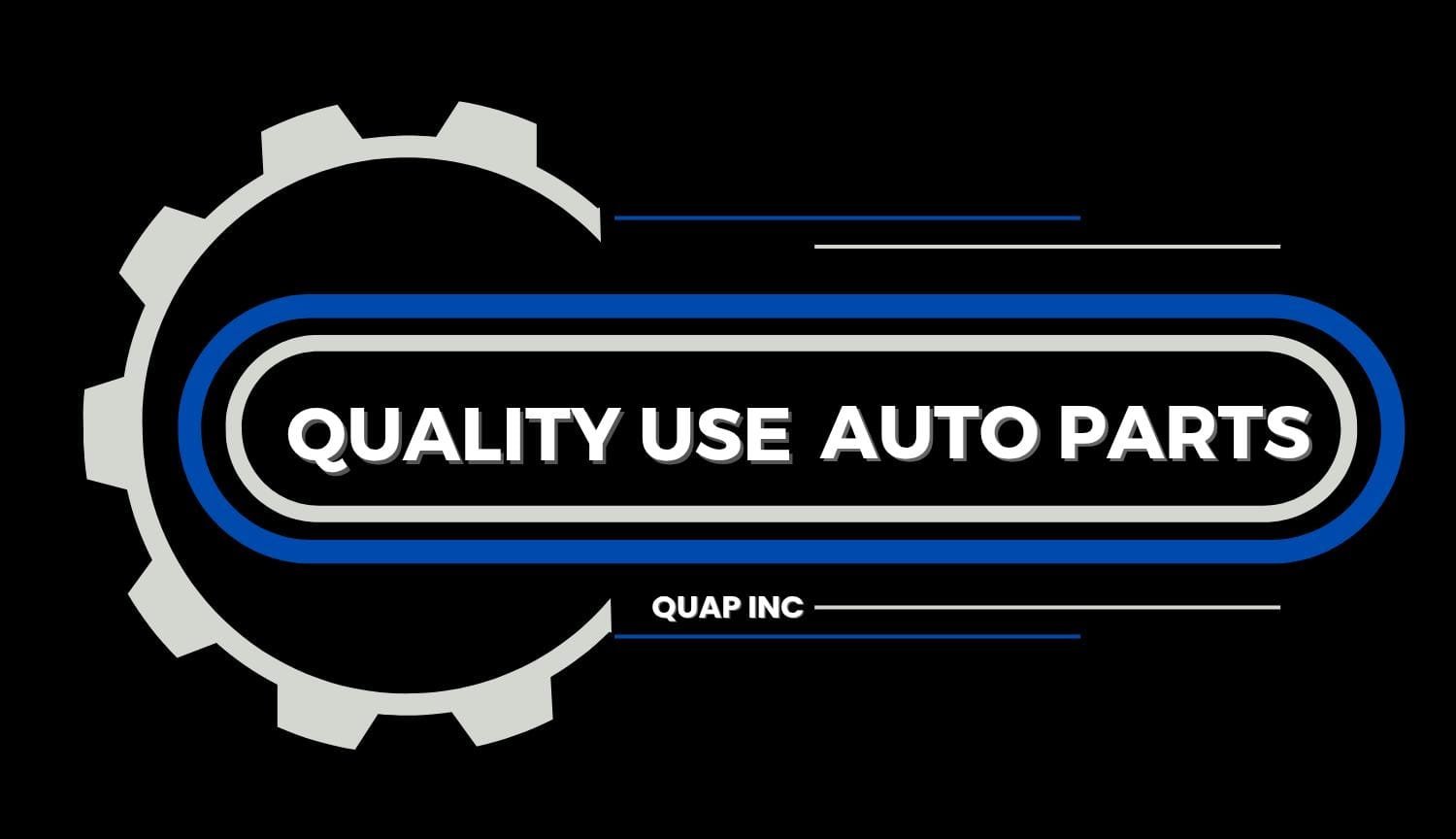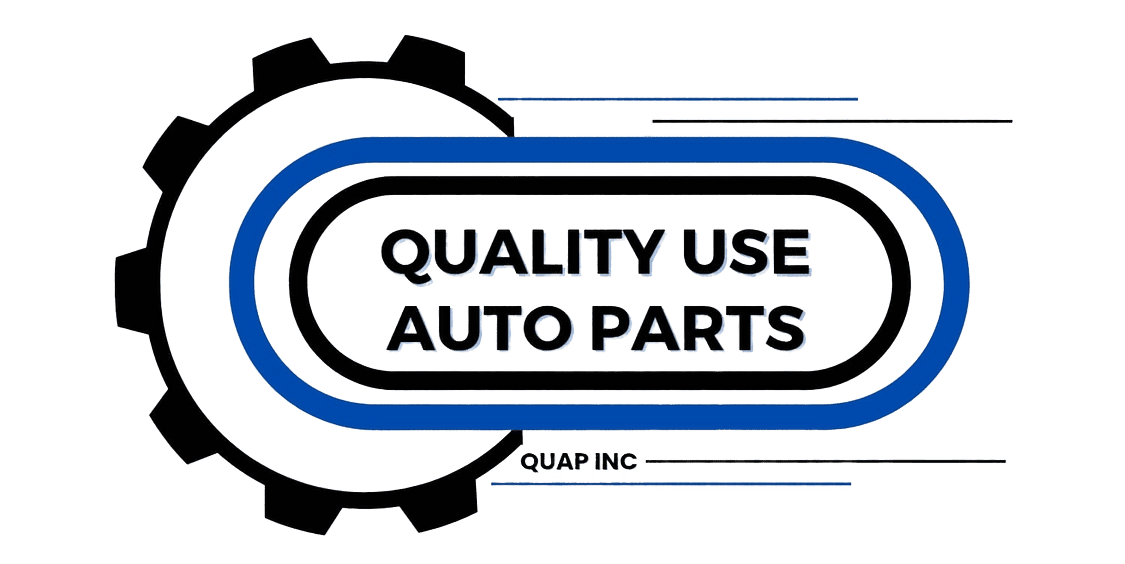Understanding Emission Standards and Compliance for Used Auto Parts: EPA vs. CARB and Classic Car Considerations
When purchasing used auto parts, understanding emission standards and compliance is crucial, particularly if you’re seeking parts that meet environmental regulations. Emission standards vary across different regions, especially in the United States, with two major governing bodies setting specific rules: the Environmental Protection Agency (EPA) and the California Air Resources Board (CARB). This blog will break down these standards, explain the differences between EPA and CARB regulations, and discuss what you need to know about emission compliance when restoring classic or vintage cars.
1. Understanding U.S. Emission Standards for Used Parts
Emission standards regulate the amount of pollutants that a vehicle can emit into the air, with the goal of reducing air pollution and protecting the environment. These standards are important when buying used auto parts, as they help ensure that your vehicle will continue to run efficiently without contributing to harmful emissions.
The EPA sets federal emissions standards for vehicles and engines, which all automakers must comply with. These regulations cover a wide range of vehicle types, including light-duty cars, heavy-duty trucks, and off-road vehicles.
When purchasing used auto parts, it’s important to ensure that the parts meet the same emissions standards required by the EPA. Parts such as catalytic converters, oxygen sensors, and exhaust systems play a critical role in reducing harmful emissions and must be compliant with these standards.
2. EPA vs. CARB Emission Standards: What’s the Difference?
Both the EPA and CARB set emissions standards in the United States, but there are important differences between the two.
A. EPA Emission Standards
The EPA is the federal agency responsible for regulating emissions nationwide. Their emission standards apply across the United States, but each state is allowed to enforce additional rules if they choose. The EPA’s standards are designed to limit the amount of pollutants, such as carbon monoxide, hydrocarbons, and nitrogen oxides, that vehicles release into the air.
For used auto parts, EPA-compliant parts ensure that your vehicle continues to meet these standards, especially if you live in a state with federal regulations only. When buying parts like catalytic converters, exhaust manifolds, or fuel injectors, check for the EPA certification label to ensure they comply with federal guidelines.
B. CARB Emission Standards
CARB is a California-based organization that sets stricter emissions standards than the EPA, not just for vehicles but for all vehicle-related products, including parts. CARB’s regulations are designed to reduce smog and other pollutants that affect the health of residents, particularly in heavily polluted areas like Los Angeles.
If you live in California or another state that follows CARB rules (such as New York, Massachusetts, or Washington), you’ll need to ensure that the used auto parts you purchase are CARB-compliant. These parts are specifically designed to meet California’s more stringent emission limits.
The key difference is that CARB standards are stricter than EPA standards, and parts that meet CARB standards are considered more eco-friendly. So, if you’re purchasing used auto parts in California, it’s essential to check for CARB compliance on any critical components, such as emissions control devices and fuel management systems.
3. Emission Compliance for Classic or Vintage Cars
Restoring a classic or vintage car can be an exciting project, but ensuring the vehicle is emission-compliant can be a challenge, especially if you want to maintain the authenticity of the original parts.
A. Challenges with Classic Cars
Classic and vintage cars, which were often built before modern emission regulations were put in place, may not meet current EPA or CARB standards. If you’re restoring a vintage car, you may need to balance originality with emissions compliance, particularly if you plan to drive the car regularly or take it through emissions testing.
B. Options for Classic Car Owners
While it may not be feasible to maintain all original components, there are still ways to make a classic car emission-compliant:
- Install Modern Emission-Control Parts: Many classic car owners opt to install modern components, such as updated catalytic converters or air injection systems, to ensure their vehicle meets current emissions standards.
- Engine Modifications: In some cases, you might need to upgrade the engine or fuel system to reduce pollutants, though this can sometimes impact the authenticity of the vehicle.
- Emissions Testing: Some classic cars may be exempt from emissions testing due to their age, depending on local regulations. For example, in many states, vehicles older than a certain age (typically 25 years or more) are exempt from emissions testing.
Always check your local emissions rules to determine whether you need to make modifications to your classic car. If emission testing is required, ensure that any used parts you buy are certified and compliant with either EPA or CARB regulations, depending on where you live.
4. Why Emission Compliance Matters
Ensuring that the used auto parts you purchase are emission-compliant has several important benefits:
A. Legal Compliance
In many states, failing to comply with emissions standards can result in fines, penalties, or even the inability to register your vehicle. Compliant parts help avoid these legal issues, ensuring your vehicle is roadworthy and passing inspections.
B. Environmental Impact
Using emissions-compliant parts helps reduce your vehicle’s environmental impact. By choosing EPA-approved or CARB-compliant parts, you’re helping to lower pollutants like carbon monoxide and nitrogen oxides, which contribute to air pollution and smog.
C. Performance and Efficiency
Emissions-compliant parts, such as catalytic converters and oxygen sensors, play a key role in maintaining your vehicle’s performance and efficiency. Non-compliant parts may lead to decreased fuel economy and engine performance, causing you to spend more money on fuel and repairs in the long run.
5. Frequently Asked Questions (FAQ)
1. Do I need to worry about emissions standards when buying used parts?
- Yes! Emissions standards are crucial when purchasing used auto parts. Make sure the parts are either EPA-compliant or CARB-compliant, depending on where you live, to ensure your vehicle remains legal and eco-friendly.
2. What’s the difference between EPA and CARB emissions standards?
- EPA standards are federal regulations that apply across the United States, while CARB standards are stricter California-based rules that apply in certain states. CARB-compliant parts are generally stricter in terms of emissions control.
3. Can I use non-compliant parts in my vehicle?
- If you live in a state with strict emissions laws (such as California), using non-compliant parts may result in failed emissions tests and legal issues. It’s best to ensure the parts are certified for your region.
4. Are classic cars subject to emissions compliance?
- Classic cars may be exempt from emissions testing in some states, but if your state requires emissions compliance, you’ll need to upgrade parts such as the catalytic converter and exhaust system to meet modern standards.
Conclusion
Whether you’re buying used auto parts for a modern car or restoring a classic vehicle, understanding EPA and CARB emissions standards is essential for ensuring compliance and protecting the environment. Always check for the relevant certifications when purchasing used parts, and consider upgrading your vehicle’s emissions system if necessary to meet local regulations. With the right knowledge, you can make smart, eco-friendly choices for your car while maintaining legal compliance and optimizing performance.









2 thoughts on “Understanding Emission Standards and Compliance for Used Auto Parts: EPA vs. CARB and Classic Car Considerations”
Hi, this is a comment.
To get started with moderating, editing, and deleting comments, please visit the Comments screen in the dashboard.
Commenter avatars come from Gravatar.
This is really interesting, You are a very skilled blogger.
I have joined your feed and look forward to seeking more of your excellent post.
Also, I’ve shared your site in my social networks!